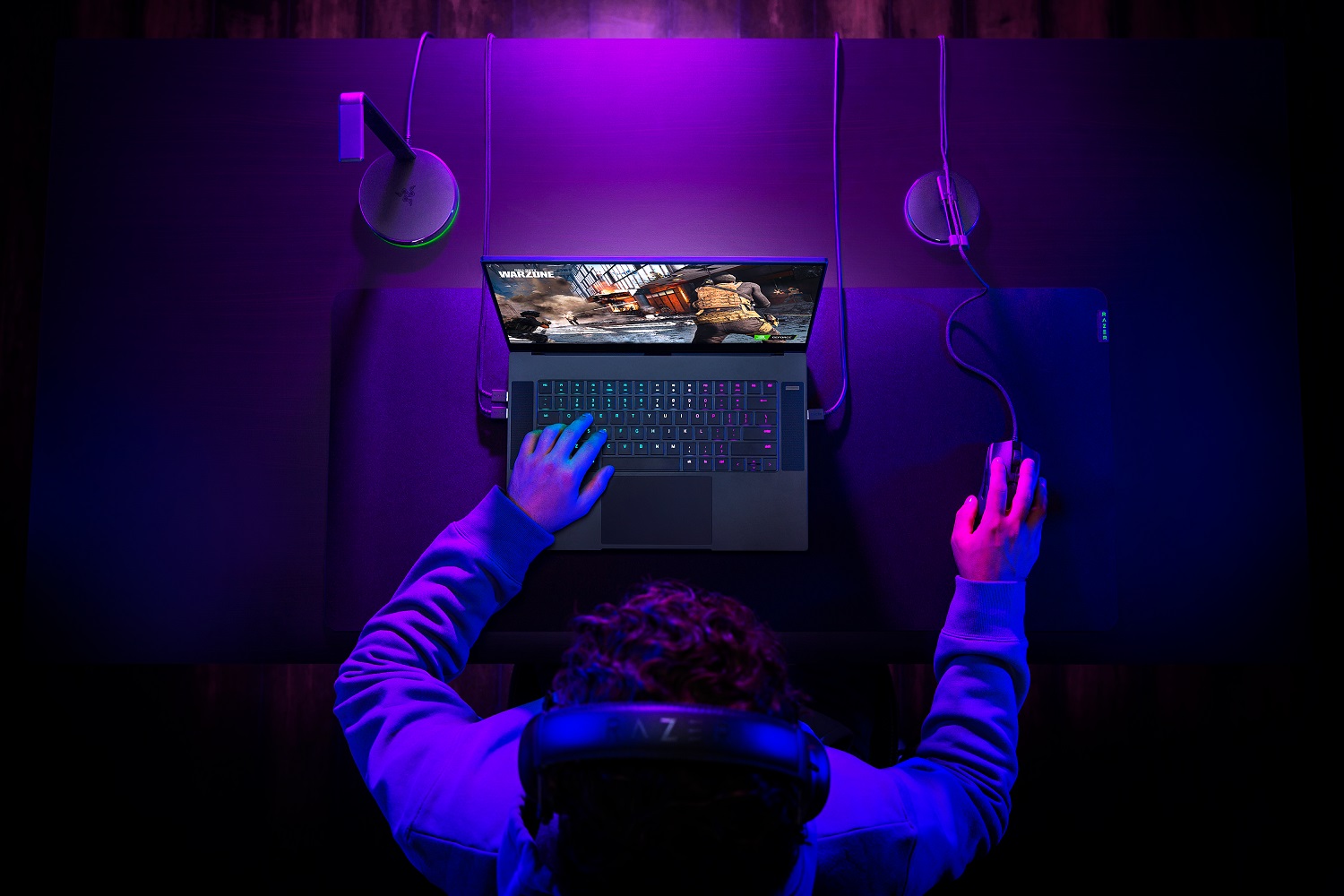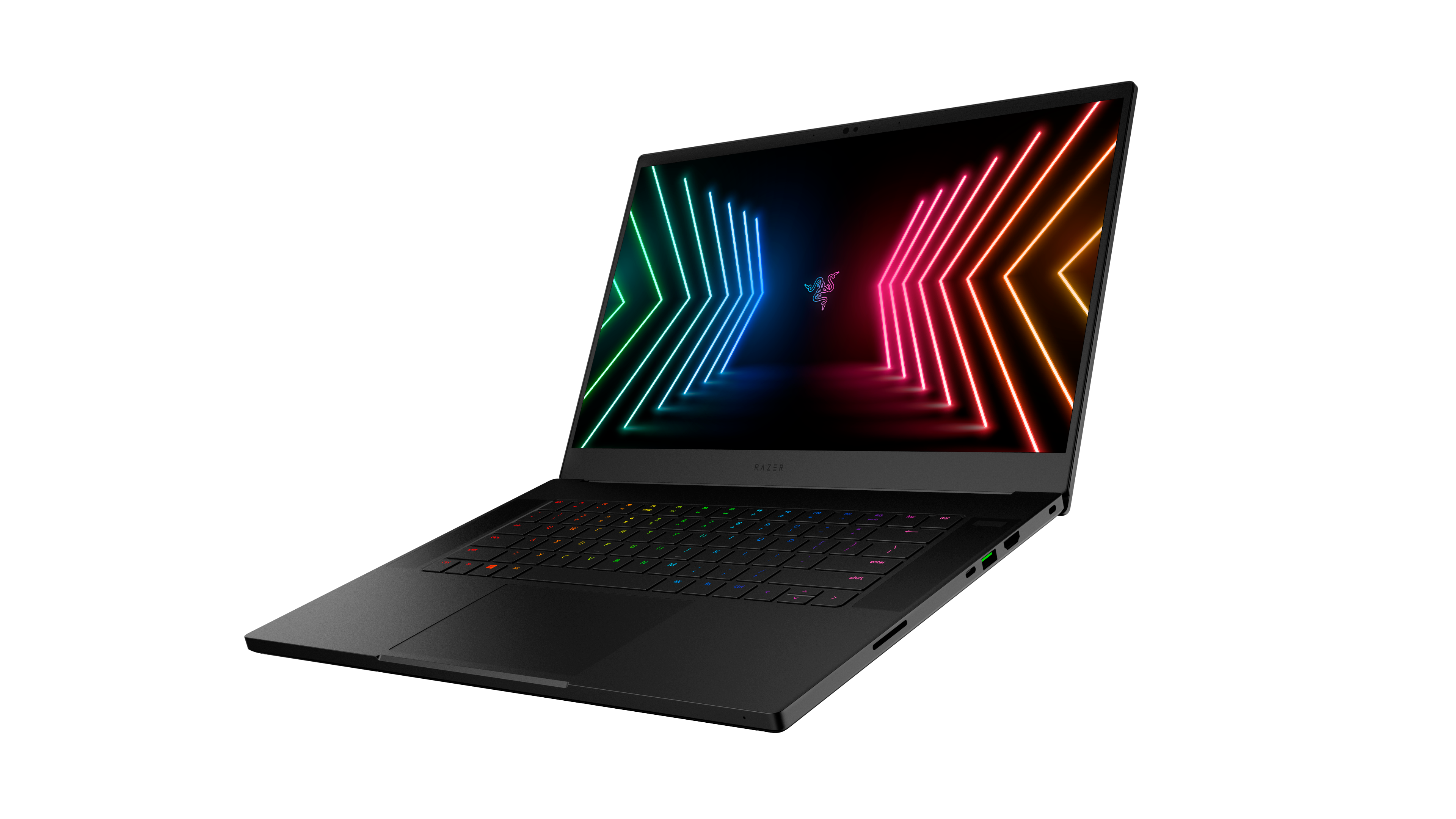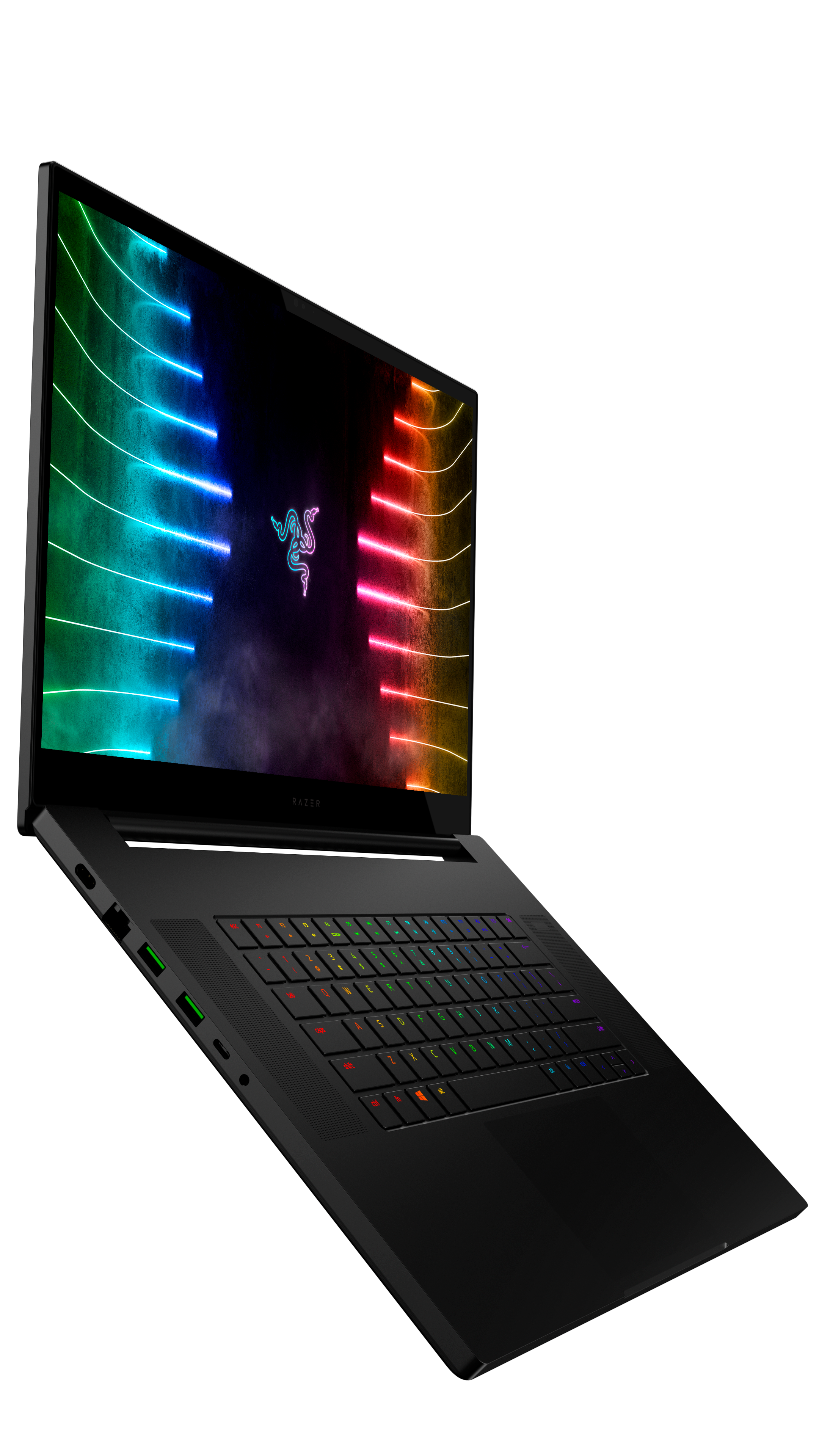New Razer Blades include Nvidia GeForce RTX 30 GPUs
New Razer Blade models will include Nvidia GeForce RTX 3060, 3070 and 3080 cards

A few years ago, Razer went from “peripheral manufacturer” to “PC provider” with the introduction of the Razer Blade: a line of stylish and powerful gaming laptops. Now, the Razer Blade is one of the most popular models on the market, and that means yearly refreshes with exciting new hardware. At CES 2021, Razer announced the next generation of its Razer Blade 15 and Razer Blade Pro 17 gaming laptops, each of which now comes equipped with Nvidia’s powerful RTX 30 series of graphics cards.
Tom’s Guide met with Razer during this year’s all-digital CES to learn more about the PCs on offer. While the Razer Blade 15 and Pro 17 are quite expensive, they have premium specs to match the premium price, and offer potentially huge advances in display technology.
- CES 2021 preview: 5 biggest trends to watch

Razer Blade 15
Razer will offer no fewer than nine different configurations of the Razer Blade 15 in 2021, ranging from a $1,500 model with an Nvidia GeForce GTX 1660 Ti, all the way up to a $3,300 model with an Nvidia GeForce RTX 3080. Razer has split the Blade 15 into two basic configurations: the Base Model (which generally has full HD displays and Intel Core i7-10750H CPUs) and the Advanced Model (which generally has QHD or 4K displays, as well as Intel Core i7-10875 CPUs).
While it would take too long to detail every single configuration, let’s take a look at the cheapest option, the most expensive option.
The $1,500 Razer Blade 15 includes a 120 Hz 1080p display, an Nvidia GeForce GTX 1660 Ti GPU, a 256 GB SSD, an Intel Core i7-10750H CPU, 16 GB RAM, a single-zone RGB keyboard, and a 720p webcam. Like all Razer Blade 15 Base models, it measures 13.9 x 9.3 x 0.8 inches, although weight varies depending on the parts. Razer claims that these measurements make the Razer Blade 15 the smallest 15-inch RTX gaming laptop, as competitors from MSI, Gigabyte and Alienware tend to have larger profiles.
At the other end of the spectrum, there’s the Razer Blade 15 Advanced Model for $3,300. This device includes an OLED 4K touchscreen, an Nvidia GeForce RTX 3080 GPU, a 1 TB SSD, an Intel Core i7-10875 CPU, 32 GB RAM and per-key RGB lighting. The device measures 13.9 x 9.3 x 0.7 inches — even thinner than the base model.
Models in-between vary in terms of GPU, RAM and storage. One particularly interesting configuration is the $3,000 Razer Blade Advanced model with a 360 Hz 1080p display. You’ll sacrifice resolution for frame rate, but you could theoretically get that frame rate to be pretty darn high.
Sign up to get the BEST of Tom's Guide direct to your inbox.
Get instant access to breaking news, the hottest reviews, great deals and helpful tips.
In terms of ports, the Base Model comes with Thunderbolt 3, USB-A, USB-C, HDMI 2.1 and Ethernet. The advanced model comes with all of those — except Ethernet, oddly — in addition to an SD Card reader and USB-C charging port.

Razer Blade Pro 17
The Razer Blade Pro 17 targets users who want desktop replacements, enough power for creative work, or just very big, very powerful gaming laptops. These larger devices start at $2,300 and go all the way up to $3,600, depending on what kind of configuration you want. But even the cheapest among them comes equipped with an Nvidia GeForce RTX 30-class GPU.
Once again, it’s probably best to compare what you get in the cheapest and most expensive models available. Bear in mind that there are four models in-between, if these examples sound too basic, or too fancy.
For $2,300, the Razer Blade Pro 17 comes with a QHD display, a 512 GB SSD, 16 GB RAM, an intel Core i7-10875H CPU and an Nvidia GeForce RTX 3060 GPU. The device measures 15.6 x 10.2 x 0.8 inches, and weighs 6.1 pounds.
If you’re willing to shell out $3,600, you get a 4K touch screen, 1 TB SSD storage, 32 GB RAM, an Intel Core i7-10875H CPU and an Nvidia GeForce RTX 3080 GPU. The measurements are the same as on the cheaper model, while the weight should be about the same, too.
The Razer Blade Pro 17 is also replete with ports, including an SD card reader, a Thunderbolt 3 port, multiple USB-A ports, an HDMI port, a standard USB-C port, an Ethernet port and a 3.5 mm audio port.
Both the Razer Blade 15 and the Razer Blade Pro 17 are available for pre-order now, and will start shipping within the next month or two. Tom’s Guide will have more information on both systems once we get a chance to go hands-on.
Marshall Honorof is a senior editor for Tom's Guide, overseeing the site's coverage of gaming hardware and software. He comes from a science writing background, having studied paleomammalogy, biological anthropology, and the history of science and technology. After hours, you can find him practicing taekwondo or doing deep dives on classic sci-fi.

